News
‘Endangered, to whom does that apply?’ with Tim Flach
31 January 2018

©Tim Flach's book Endangered
In Endangered, the result of an extraordinary multiyear project to document the lives of threatened species, acclaimed photographer Tim Flach explores one of the most pressing issues of our time. Travelling around the world – settings ranging from forest to savannah to the polar seas to the great coral reefs – Tim has constructed a powerful visual record of remarkable animals and ecosystems facing harsh challenges. Among them are primates coping with habitat loss, big cats in a losing battle with human settlements, elephants hunted for their ivory, and numerous bird species taken as pets.
We caught up with Tim to hear more about this extraordinary book.
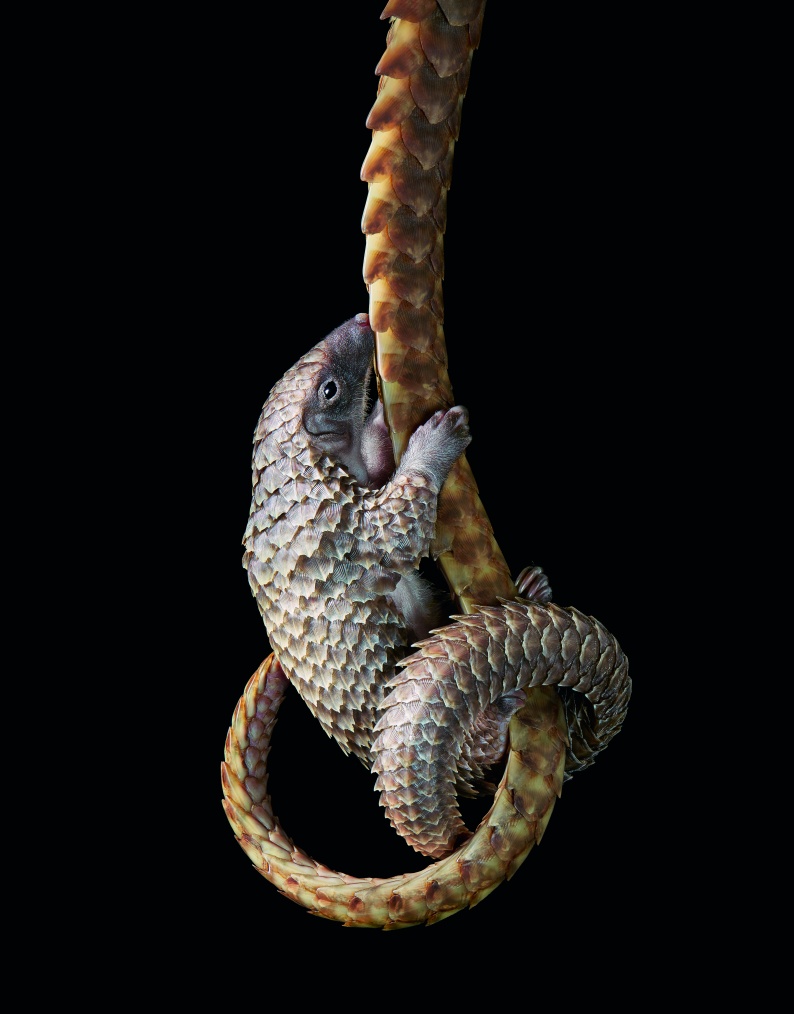
©Tim Flach. White Bellied Pangolin Hanging on Tail
It’s perhaps no surprise when you see his work that Tim’s journey started off as a fine-art student, graduating from Central St Martin’s and an absolute passion for photography. He has worked a photographer with numerous commissions, awards, solo exhibitions and a presence in permanent exhibitions and publications across the world. His focus and fascination is the relationship between people and animals. He brings incredible originality to capturing animal behaviour and characteristics.
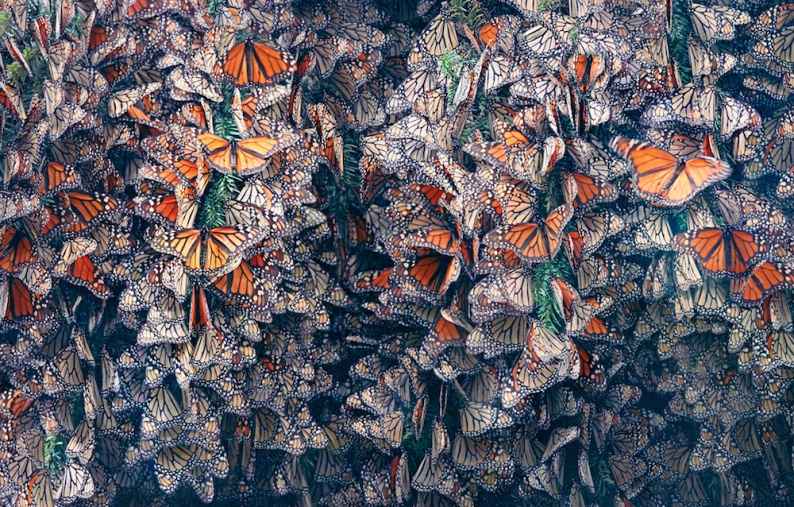
©Tim Flach. Monarch butterflies clustered
Abrams invited Tim to create a book – his fourth no less, that involved challenges we face and a close look at endangered animals.
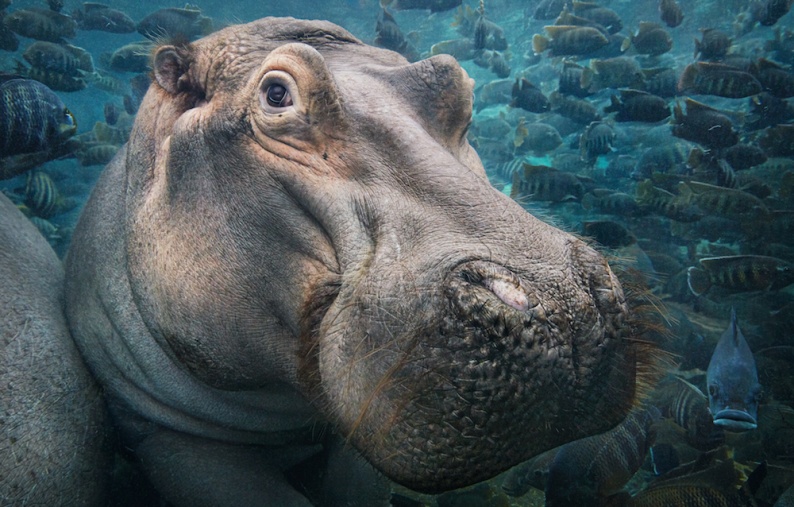
©Tim Flach. Hippopotamus Underwater
Tim explains the greatest problem humanity faces is our relationship with nature. ‘If us humans don’t engage with nature we simply won’t be moved to action.’ This is not simply a book of beautifully shot creatures. In creating this book Tim wanted to motivate the audience to act, to facilitate action he knew there needed to be an emotional dimension to the images - the arts act as our subconscious.
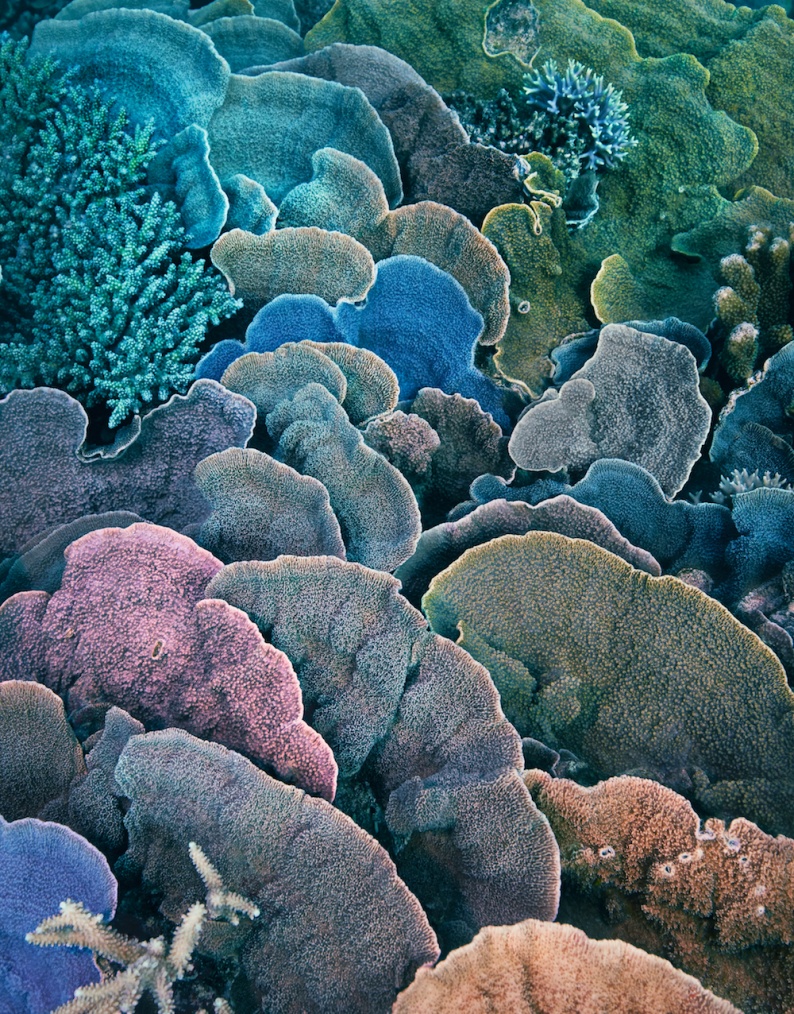
©Tim Flach. Coral Montipora Fan
To begin with, Tim interviewed leading conservationists such as the wildlife trust. He spent six months researching what different challenges they saw we faced, investigating why certain animals are on verge of extinction. Factors include conservational science, ecological drives, climate change and land use change. All this research helped to establish the must-have stories that Tim could realise in this book.
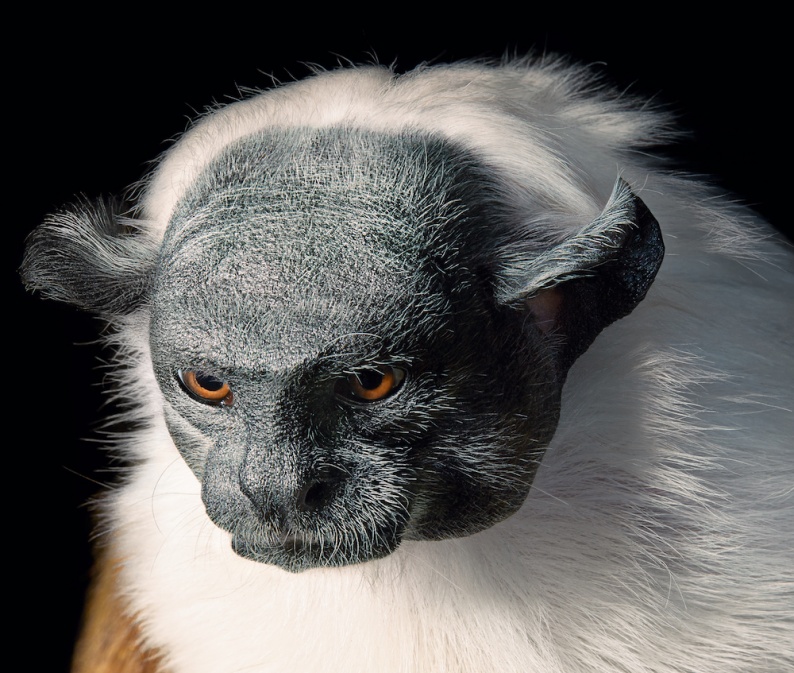
©Tim Flach. Pied Tamarin
The images represent candidates of key stories. Some animals included are metaphors, some species represent a cultural or ecological story – for example the Pied Tamarin can be recognised as Yoda from Star Wars. Others are compelling in how unfamiliar they are.
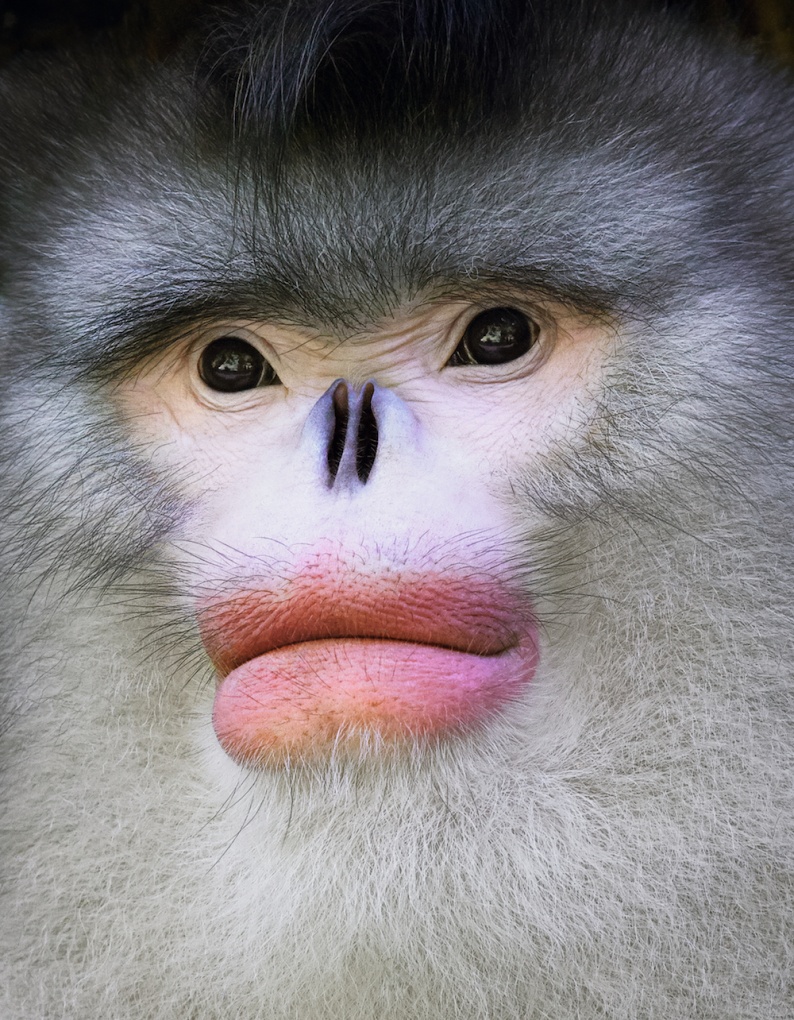
©Tim Flach. Yunan Snub Nosed Monkey
Tim’s aim is to create a sense of hope and wonderment – entice us to act, rather than despair. Some of these stories within the book may represent the very last images of that species, for example the last white male rhino, we must act now to protect species that remain.
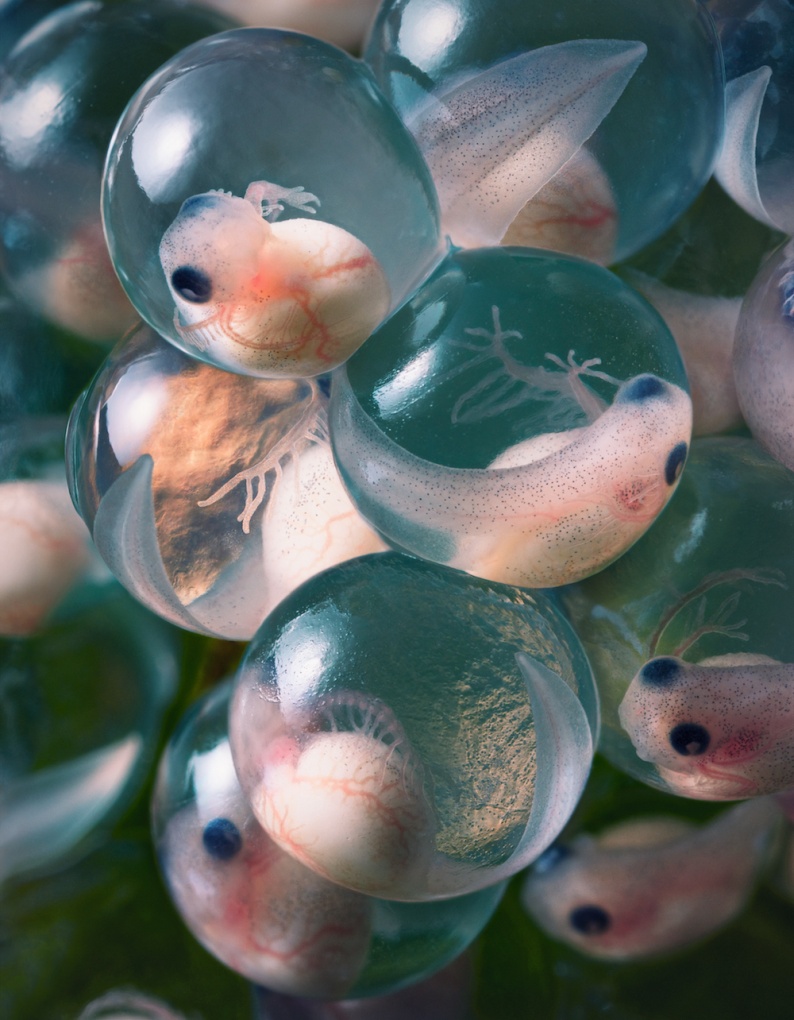
©Tim Flach. Yellow Eyed Tree Frog Eggs
Tim’s challenge as he sees it, is to better communicate these stories and bring them into our world. Each story needed to be told in such a way that the viewer would feel empathy for these creatures. The human brain is sensitive to faces and forms after all. Speaking to the conservationists is easy, that’s speaking to the converted. It’s reaching those who don’t care about nature and the environment that is the real challenge. The image is a powerful means to connect people and nature.
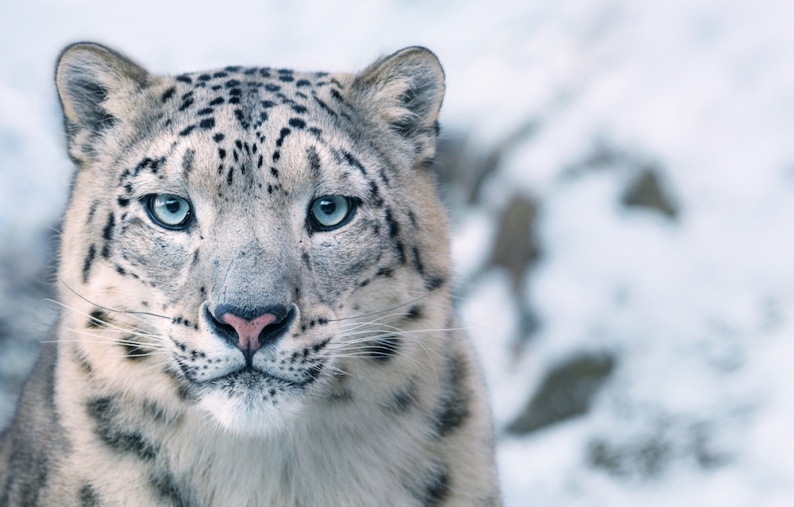
©Tim Flach. Snow Leopard
Tim recently led a workshop with National Geographic, it’s these interactions which are vital he believes, in order to connect with people about this subject. For this reason Tim believes we must start by connecting children with nature if they are to grow up and be engaged and protect our world; culturally we define our relationship with nature. And it’s humans, not natural forces that are shaping these changes.
As Tim states ‘It’s never been more important to connect people with nature, our future depends on it’.
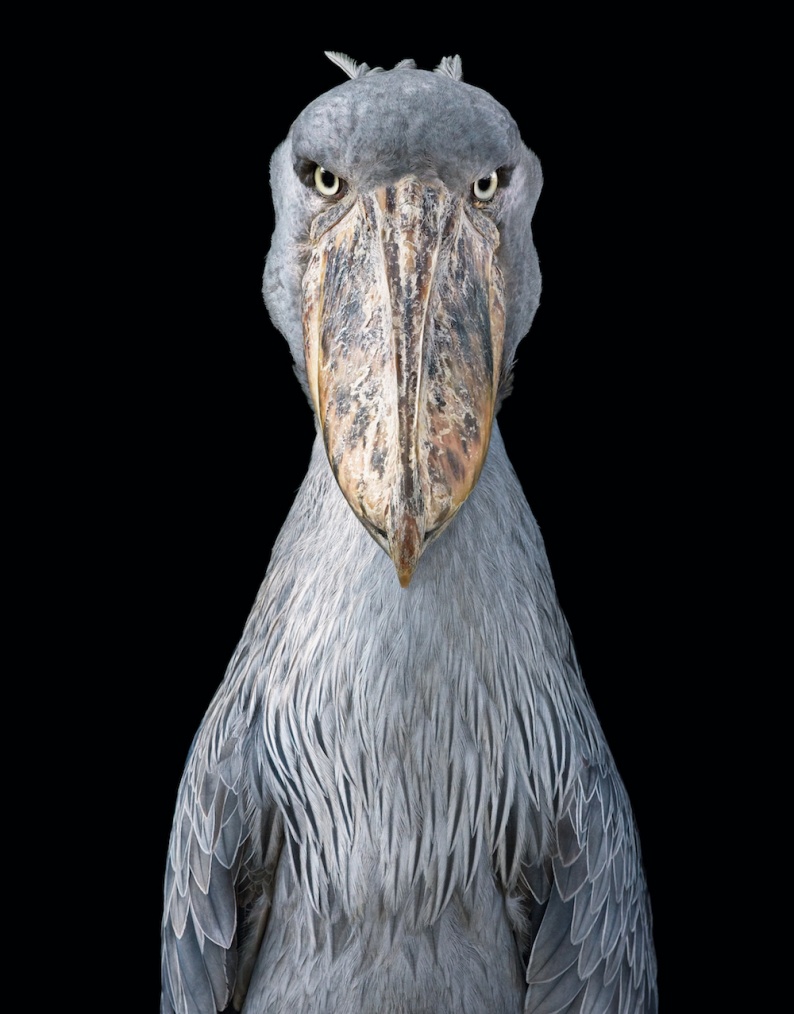
©Tim Flach. Shoebill
So what’s next for Tim? Naturally, another aesthetically driven book – the first shoot took place before Christmas. We’ll watch this space.
Endangered by Tim Flach and text by Jonathan Baillie, is available to buy here
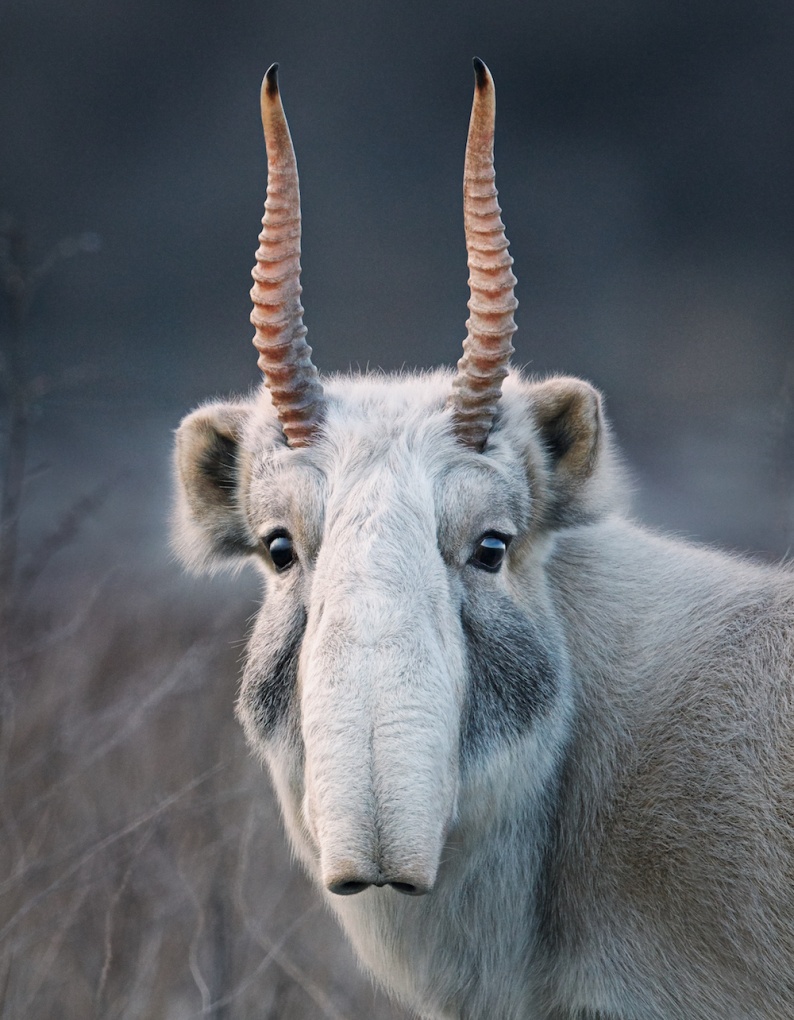
©Tim Flach. Saiga



